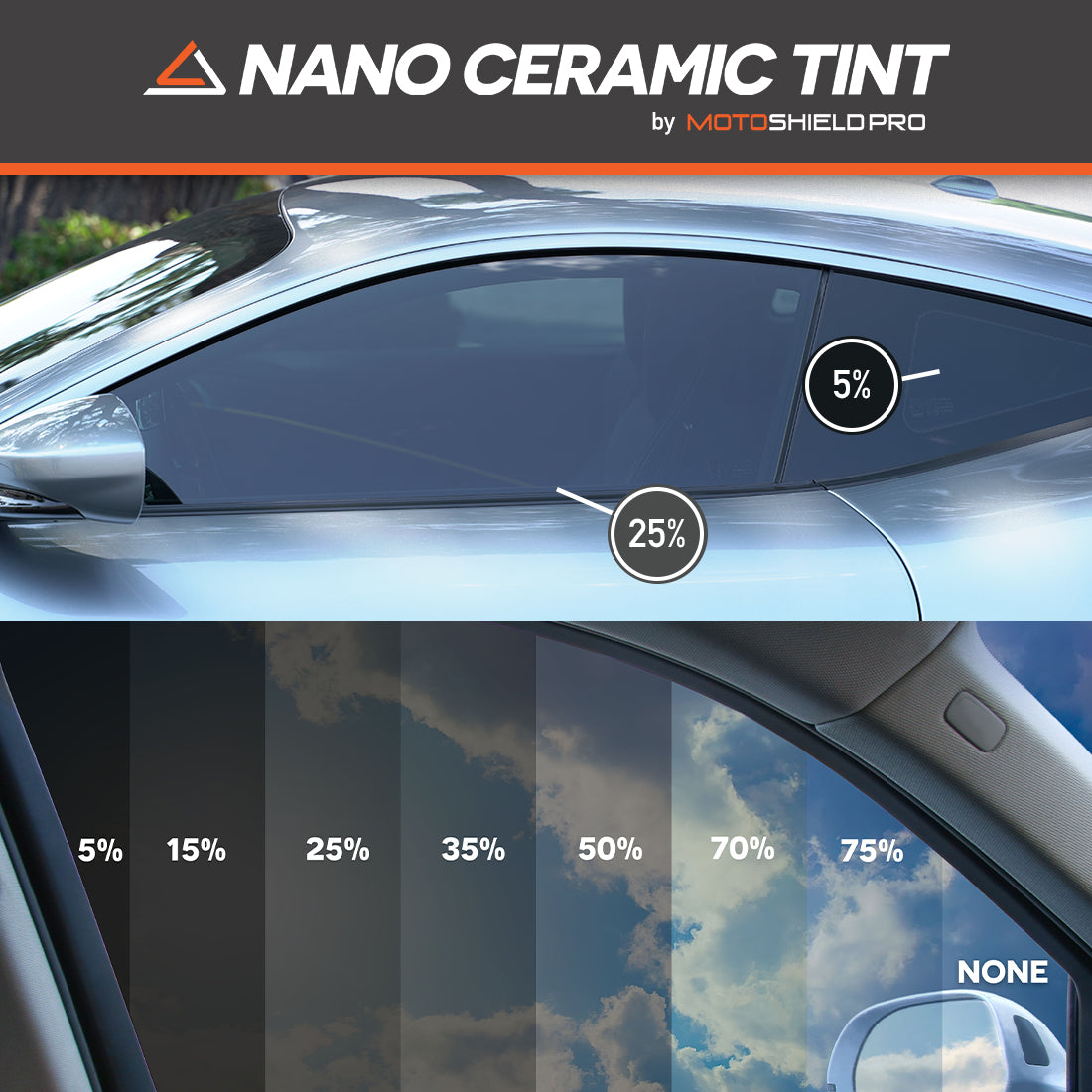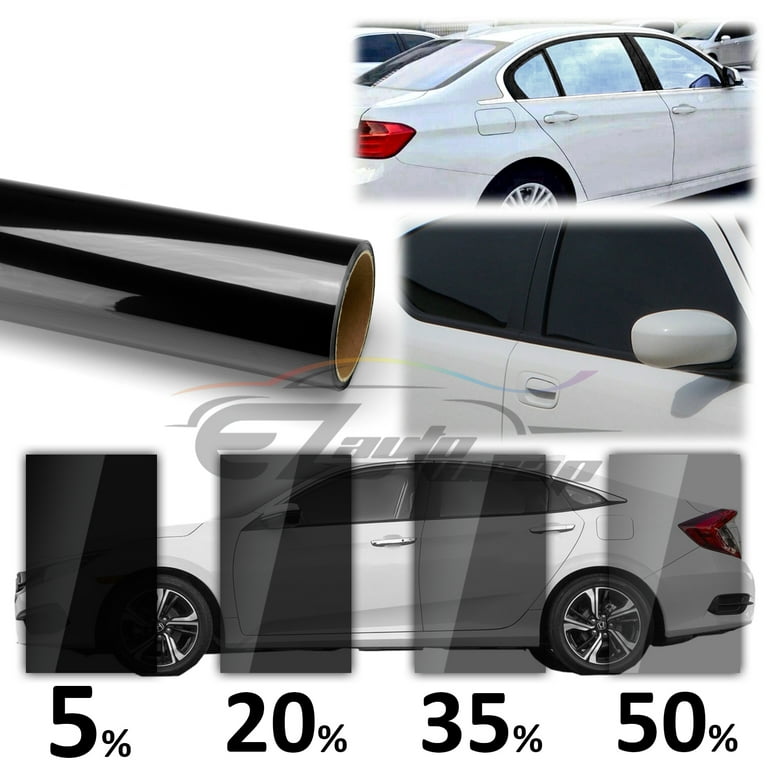Window Tinting Regulations and Guidelines: What You Need to Know Before Tinting Your Cars And Truck
Prior to continuing with window tinting for your automobile, it is vital to acquaint yourself with the varied regulations and standards that control this technique across various states. These policies dictate the permissible degrees of color darkness, usually measured by visible light transmission (VLT) percentages, and include certain stipulations for front windscreens aimed at guaranteeing roadway safety and security.
Introduction of Window Tinting Regulations
Window tinting legislations are frequently subject to variation across different jurisdictions, reflecting regional regulations and safety considerations. These legislations determine the allowable levels of tint darkness and reflectiveness on car home windows, making certain that motorists keep adequate visibility while likewise securing versus damaging UV rays and warmth.
Many policies categorize home window tinting based on the Visible Light Transmission (VLT) portion, which shows the amount of light that can travel through the home window. Generally, reduced VLT portions represent darker tints. Laws typically separate between the front, side, and back windows, with stricter restrictions related to the front windscreen to boost security for both the vehicle driver and other road users.
Conformity with window tinting policies is important, as offenses can result in penalties, mandatory elimination of the color, and possible rises in insurance coverage premiums. It is necessary for vehicle proprietors to familiarize themselves with regional regulations prior to proceeding with window tinting installations.
State-by-State Tint Regulations
Understanding the particular home window tinting guidelines in each state is essential for lorry owners seeking to follow the legislation. Each state in the U.S. has established its very own collection of guidelines regulating home window tinting, which can differ significantly. These policies usually determine the allowed degrees of color darkness, the kinds of windows that can be tinted, and any clinical exemptions that might use.
As an example, states like California have rigorous limitations on tint darkness for front home windows, while others, such as New Mexico, might enable darker tints. Furthermore, specific states mandate details presence portions for various windows, consisting of the windscreen, front side windows, and rear home windows. It is crucial for car proprietors to familiarize themselves with their state's legislations to avoid potential fines or penalties.
Furthermore, some states may need an accreditation sticker to be placed on tinted home windows, showing conformity with state legislations. Failing to follow these guidelines not only risks lawful consequences yet can also influence security and presence while driving. Consequently, car proprietors need to carry out extensive research or consult regional authorities to make certain complete understanding and conformity with state-by-state color regulations.
Allowed Tint Kinds and degrees
Many car proprietors may be surprised to learn that enabled tint degrees and types vary extensively across various states. Each state has developed its very own regulations relating to the permissible darkness and reflectivity of window tint, frequently determined by Visible Light Transmission (VLT) percentages. VLT refers to the amount of light that can go through the tinted windows; therefore, a lower portion shows a darker color.

Additionally, the kinds of color products enabled can differ, with some states prohibiting mirror-like or metallic surfaces. It is essential for vehicle owners to familiarize themselves with their state's details regulations to guarantee compliance. Non-compliance can cause penalties, necessary elimination of the tint, or various other lawful consequences, making it critical to understand these regulations before waging installment.
Medical Exemptions for Tinting
While not all states supply allowances for medical exemptions concerning home window tinting, those that do acknowledge the necessity for details individuals to enhance visibility and convenience due to clinical conditions. Various medical problems, have a peek at this website such as lupus, skin cancer, and certain eye disorders, can render people specifically delicate to sunlight. These individuals might need darker tints to safeguard themselves from hazardous UV rays and glare.

It is essential to keep in mind that despite a clinical exception, there might still be limitations on the degree of color permitted. Compliance with state laws guarantees that people are both secured and within lawful restrictions. Those thinking about medical exemptions should call their neighborhood Division of Electric motor Cars or equivalent authority to understand the demands and treatments essential to apply for an exception efficiently.
Charges for Non-Compliance
Falling short to conform with home window tinting regulations can result in considerable fines, which differ by state. Legislation enforcement companies are equipped to issue citations for cars that do not stick to the specified tinting laws. These charges generally consist of penalties, which can vary from moderate total up to numerous hundred dollars, depending on the extent of the violation and the state in concern.
In some territories, duplicated offenses might result in rising penalties or additional fines, such as required court looks. Non-compliance may necessitate the removal of unlawful tinting, usually at the proprietor's expense. In severe cases, regular offenders may deal with suspension of their car registration until compliance is accomplished.
Furthermore, insurance effects might arise from getting multiple citations for window tint infractions. Insurance companies might view such infractions as a sign of riskier behavior, potentially leading to enhanced premiums or trouble in insurance coverage.
To prevent these penalties, it is vital for vehicle owners to familiarize themselves with their regional home window tinting laws and guarantee that their car complies (Window Tinting). This positive technique not only stays clear of legal ramifications but Get More Info likewise promotes road safety and security
Verdict

The majority of policies categorize home window tinting based on the Visible Light Transmission (VLT) portion, which suggests the amount of light that can pass via the home window. Conformity with home window tinting guidelines is important, as infractions can result in penalties, obligatory elimination of the tint, and prospective boosts in insurance premiums.Comprehending the details window tinting laws in each state is essential for lorry proprietors seeking to conform with the law. These guidelines commonly determine the allowed degrees of tint darkness, the click this types of windows that can be tinted, and any clinical exemptions that may use.
For circumstances, states like The golden state have strict constraints on tint darkness for front home windows, while others, such as New Mexico, may permit darker tints.